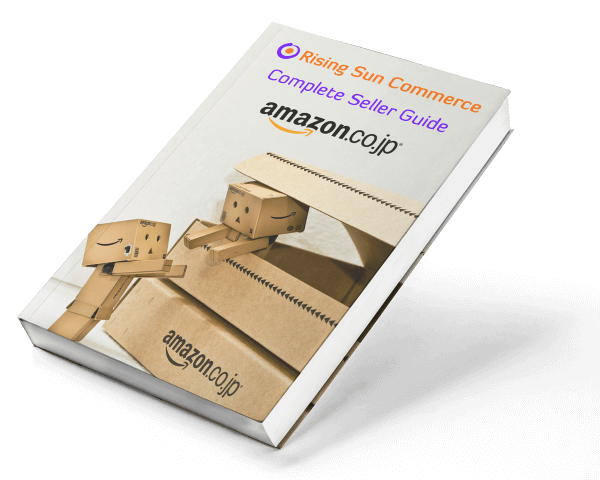What is an Amazon Global ASIN?
An Amazon Global ASIN (Amazon Standard Identification Number) is a product identifier that is linked across multiple Amazon markets. For example, if you are selling this product on Amazon.co.uk – https://www.amazon.co.uk/dp/B01AXZXHDI – the product ASIN is B01AXZXHDI. If you want to sell this same product in Germany for example, you can either use this same [Global] ASIN ( B01AXZXHDI) or you can create a brand new [unique] ASIN just for Germany.
This product does use a Global ASIN, but is it the best solution?
https://www.amazon.de/dp/B01AXZXHDI/
As you can see their images have English annotations in both the UK and German markets. This is not ideal and gives a bad 1st impression to customers in this Market. In Germany a large percentage of customers can probably read English, but what about in countries such as Japan?
Would they be better off using a unique ASIN for each Amazon marketplace?
Pros and Cons of using a Global ASIN
Pros of using a Global ASIN
- This is what Amazon prefer (it is always good to adhere to Amazon guidelines). If there are duplicates of a product under different ASINs this Global ASIN will be dominant while the others will be suspended under appeal.
- Some information (such as product images) are linked across markets, which depending on your stance is a good thing (but also a bad thing for others and we discuss this in the cons).
- It is easy to setup listings across markets because you can just input the ASIN.
- For newly launched products in a new market Amazon displays reviews from other markets (normally the US) until you get market specific reviews. This is a massive plus for some products.
- Amazon may share sales data across markets that may impact on Best Seller Rank (BSR).
Cons of using a Global ASIN
- Images are shared across marketplaces*, which could be bad if you use a lot of English annotations in your images and these are being displayed in non-English speaking countries. Also if you require market specific models or visuals it can also be an issue.
- If you have poor reviews on other markets these will show on the new markets until you achieve some market specific reviews. This may hinder sales even more than having zero reviews.
* In rare occasions Amazon may allow market specific images to be uploaded but this is becoming very difficult and there needs to be a very important reason to do so. For example if packaging images are shown and have important market specific text on them then they may allow you to update some images.
However, there are associated risks of trying to get market specific images. Amazon may show these images on other markets and it can become a strained process to resolve.
Risks of using Unique ASINs for each market
If you are not going to use a Global ASIN then you will use a unique ASIN in each Amazon market. So what are the Pos and Cons of using unique ASINs in each Amazon market?
Cons of using a unique ASINs
- You need to assign new EAN/UPC/GTIN codes for each new ASIN. This can become cumbersome and logistically difficult if selling in multiple markets across the world.
- You need to upload new images for each market, even if they are the same images used elsewhere on Amazon.
- You will have zero reviews at launch because Amazon will not share reviews from other markets.
- If someone creates a listing using the Global ASIN they could potentially consolidate all identical products and your unique ASIN will be suspended.
- Potentially someone could list your unique ASIN on other Amazon markets that could harm sales in these markets.
Pros of using a unique ASIN
- Your product is completely independent of other products in other markets, which could isolate it from harmful issues that occur in other countries.
- You can upload unique images for each market, which has a lot of advantages. Notably you can use market specific annotations, models and lifestyle photography.
- If Amazon decide to share other data in the future across Global ASINs, your listing will not be affected.
SUMMARY
In summary there are two main issues with using Global ASINs. One is images and one is reviews for products launched into new markets.
Ultimately Amazon would prefer to have only one product in its database linked to one EAN/UPC/GTIN reference code. Also it is likely (if it does not already do so) that Amazon will share sales and customer data across markets that could help your sales rank and advertising options moving forward if you opt for Global ASINs.
IF image annotations are vital to your Amazon listing then using unique ASINs per market (or at least for each non-English speaking market) is probably the right choice for you.
IF image annotations are not vital and/or having reviews from day 1 on your listing are very important then you should rework your images and use Global ASINs.
You could look to use pictorial icons to highlight important features or benefits where you once used words. Or aim to push customers to your A+ content or Brand Store where you can include annotated images (and even video).
Moving forward Amazon could do one of two things. It could allow unique images for each market because it knows having English annotations in non-English speaking countries (and vice-versa) is a poor customer experience. Or it could push for having no text on images.
Do you want more information about how to sell on Amazon Japan? Everything you need to know about selling in Japan is in this article.
